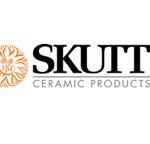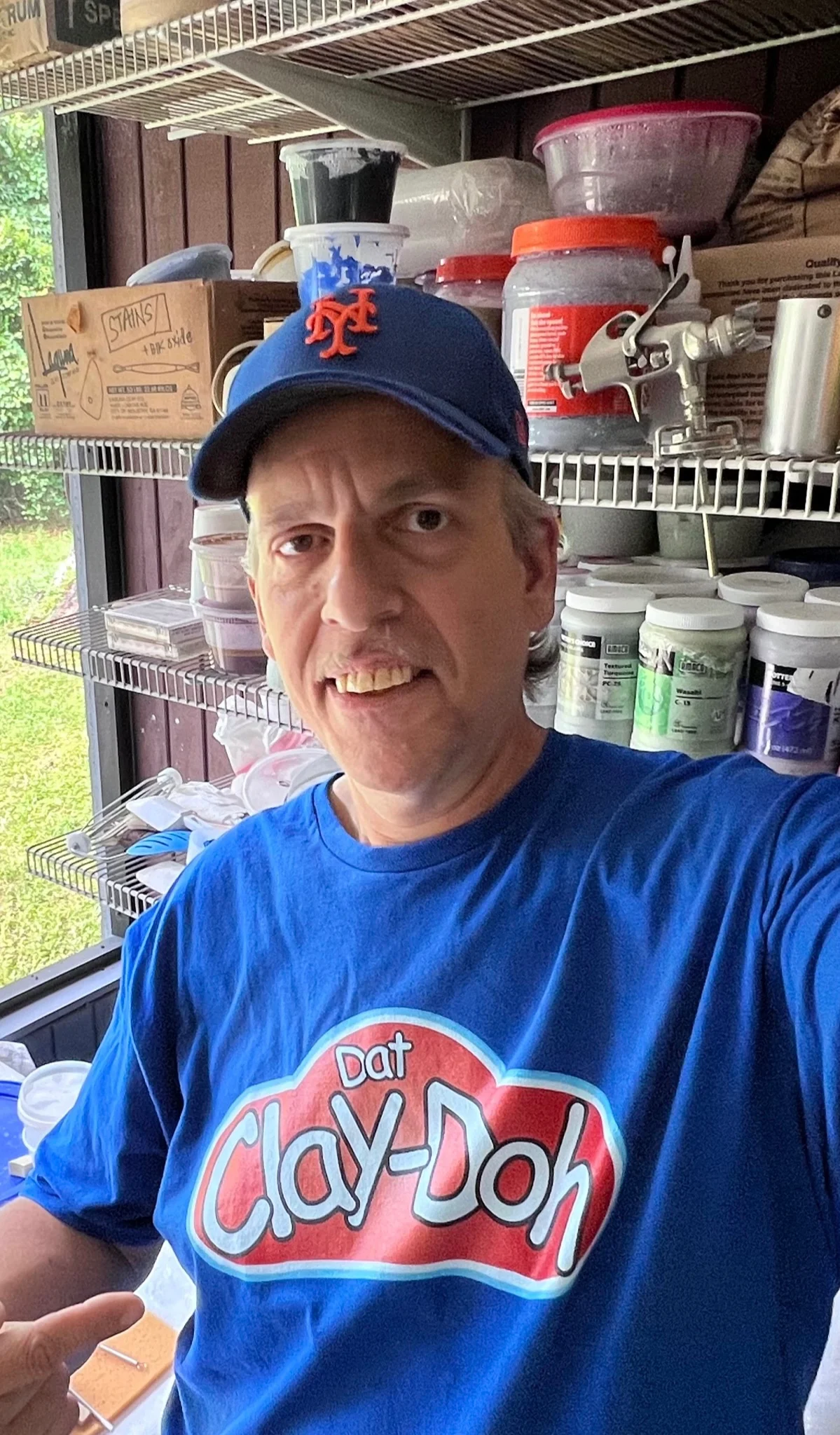Podcast: Play in new window | Download
Bill Schwenzer | Episode 1010
Bill Schwenzer, a BS Mechanical Engineering graduate, transforms clay into art as a full-time potter. Bill’s pieces, a fusion of technical expertise and creative intuition, tell stories of balance and beauty. With work in galleries and private collections, Bill’s ceramics showcase a unique blend of engineering precision and artistic expression.
SPONSORS
 You can help support the show!
You can help support the show!

Number 1 brand in America for a reason. Skutt.com

For all your ceramic needs go to Georgies.com
Is part of your process of trying to be streamlined having better machines so you are not using things that are outdated or difficult to use?
I would have to say yes and no to that. I do find it important to have a good pottery wheel, I actually use a Brent wheel, and really proven equipment that I feel has a track record. Let’s not reinvent the wheel and try to do your own research in areas that may have a lot of information available, so like a type of kiln. There’s a lot of kilns out now that are newer that I probably could upgrade my kiln, but my kiln is about 20 years old.
How do you implement really good quality control in the making process?
Well I always put cone packs in my kiln. I know I have a computer controller that reaches a certain temperature and shuts off and a thermal couple and the electronic side of things but I always use cone packs to verify. I also make sure on occasion I do leak testing and vitrification testing and seeing if things are leakproof and fully matured from a clay standpoint. But I am always reading labels and I use a lot of commercial glazes and utilizing their talents and expertise and feeling good about that and listening to people who are well versed in that area.
How is it important to design a studio that reduces movement for both your pieces and your body?
Well that’s a real good question, Paul. Fortunately my studio is in the Florida room in my house so it’s one length down the backside of the house. So I have my kiln right in the center. I have my making at one end and I have my glazing at the other end. So I will make and put it one shelves in the center and it will go then into the kiln which is in the center and then it will go off to the other end for glazing. And then make it’s way back to the center. So there’s not a real big distance because I don’t have have as much room as I probably could use. But it enabled me to kind of streamline my process based upon my available space.
Is something like tech an important part of streamlining your work? Do you use any technology?
From a process standpoint I would consider tech and how to set up a lean process. How to not do things that are not needed. How to evaluate those things. One of the thing that I found about recording and doing a lot of Instagram reels is that I am able to look at my process from a different perspective. So I make things and I am running my camera all day long and so I can see how many times I am touching something unnecessarily. I have a term that I have coined and some people make fun of it and some people love it,. It’s called flipparoni . So any time I grab a platter and I flip it I say I am doing a flipparoni. And the reason that I coined it is because it’s a very ergonomic low force, low stress on your body way to flip a heavy item.
How critical is a decluttered workspace?
It can be critical but then if you are having to search for things and dig and forget where they are. If you had everything labeled and everything in its place all the time and spent a lot of time keeping things clean I find that sometimes I don’t have as much time to create.
What is your best advice that you do to help keep your studio functioning smoothly?
I would say preparation and planning. I think when I attack a particular project I do take the time to approach it with the knowledge of knowing the things that I need to have ready, the steps I am going to take. It’s kind of like when you check the weather report and it’s going to be cold out, you need to put a jacket on that day. If I am going into the studio to do a certain task I want to make sure I am prepared.
Book

Art and Fear by David Bayles and Ted Orland

The Road Less Traveled by M. Scott Peck
Contact
Instagram: @aliveguy_pottery



 GRPotteryForms.com
GRPotteryForms.com







